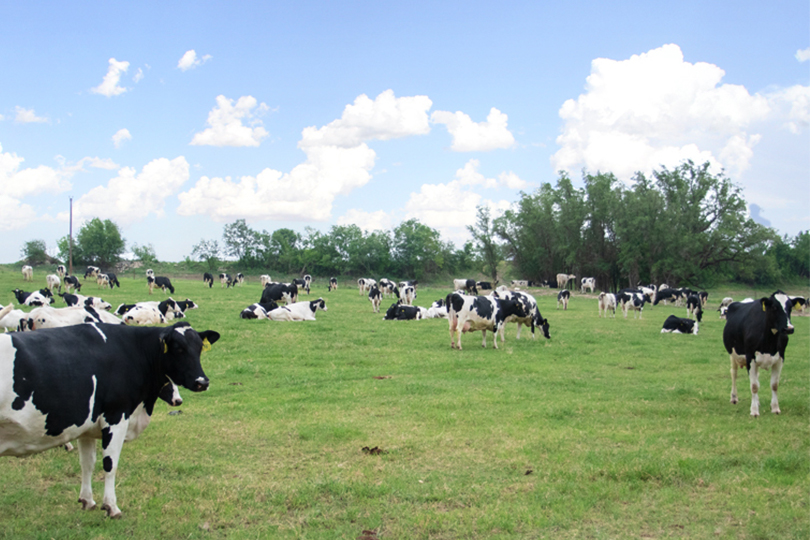Details of the Pandemic Market Volatility Assistance Program for dairy farmers were announced Aug. 19 by the U.S. Department of Agriculture (USDA).
Through the program, USDA will provide about $350 million in pandemic assistance payments to dairy farmers who received a lower value for their products due to market abnormalities caused by the COVID-19 pandemic. The assistance is part of a larger package including permanent improvements to the Dairy Margin Coverage safety net program.
“The Pandemic Market Volatility Assistance Program is another component of our ongoing effort to get aid to producers who have been left behind and build on our progress towards economic recovery,” U.S. Secretary of Agriculture Tom Vilsack said. “This targeted assistance is the first step in USDA’s comprehensive approach that will total over $2 billion to help the dairy industry recover from the pandemic and be more resilient to future challenges for generations to come.”
Under the Pandemic Market Volatility Assistance Program, payments will reimburse qualified dairy farmers for 80% of the revenue difference per month based on an annual production of up to 5 million pounds of milk marketed and on fluid milk sales from July through December 2020. The payment rate will vary by region based on the actual losses on pooled milk related to price volatility. USDA will make payments through agreements with independent handlers and cooperatives. Handlers and cooperatives will distribute the monies on the same basis July through December 2020 payments were made to their dairy farmer suppliers and a formula set by USDA. USDA will reimburse handlers and cooperatives for allowed administrative costs.
USDA will contact eligible handlers and cooperatives to notify them of the opportunity to participate in the Program. USDA will distribute payments to participating handlers within 60 days of entering into an agreement. Once funding is provided, a handler will have 30 days to distribute monies to qualifying dairy farmers. As part of the program, handlers also will provide virtual or in-person education to dairy farmers on a variety of dairy topics available from USDA or other sources. A handler will have until March 1, 2022 to directly provide educational opportunities to dairy farmers.
Additional details about the program are available and will be updated on the AMS Dairy Program website.
The program is part of $6 billion of pandemic assistance USDA announced in March to address a number of gaps and disparities in previous rounds of assistance. Other pandemic assistance to dairy farmers includes $400 million for a new Dairy Donation Program to address food insecurity and mitigate food waste and loss and $580 million for Supplemental Dairy Margin Coverage for small and medium farms.
Outside the pandemic assistance, USDA also will make improvements to the Dairy Margin Coverage safety net program updating the feed cost formula to better reflect the actual cost dairy farmers pay for high quality alfalfa. This change will be retroactive to January 2020 and is expected to provide additional retroactive payments of about $100 million for 2020 and 2021. Unlike the pandemic assistance, this change will also be part of the permanent safety net, and USDA estimates it will average about $80 million per year or about $800 million over 10 years for dairy headed into the upcoming Farm Bill. Full details on these additional actions to support dairy farmers will be provided when regulations are published in the coming weeks. Dairy farmers should wait until these details are available to contact their local USDA Service Center for more information.
View more COVID-19 pandemic resources on Texas Farm Bureau’s resource page.

